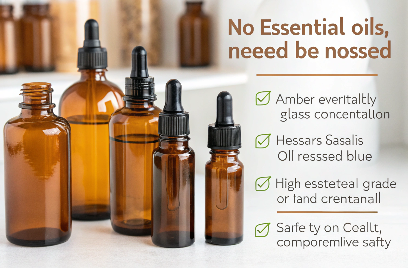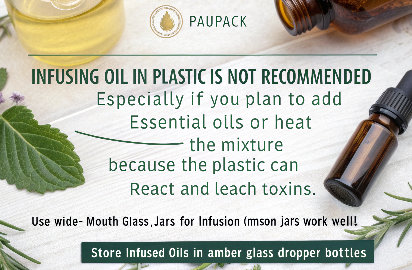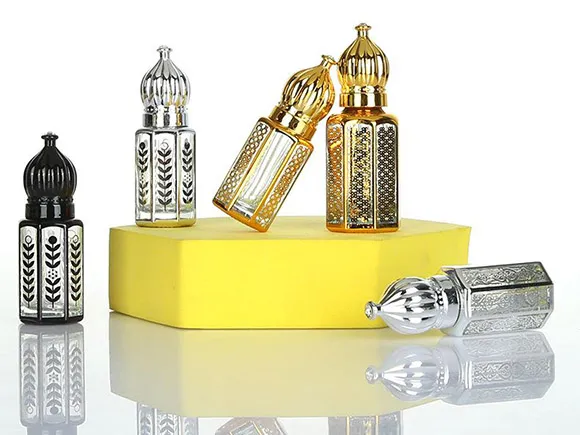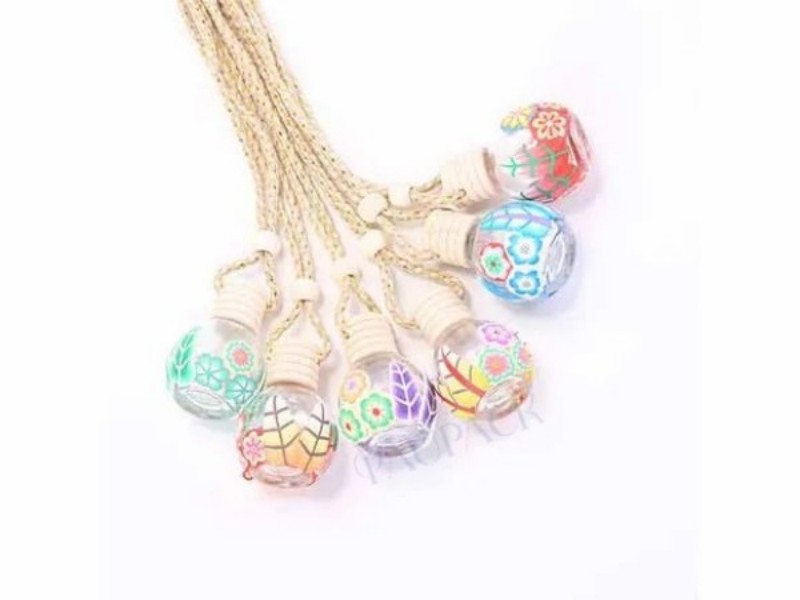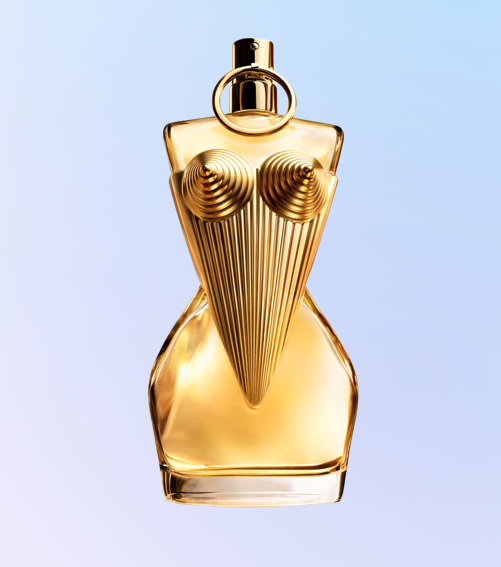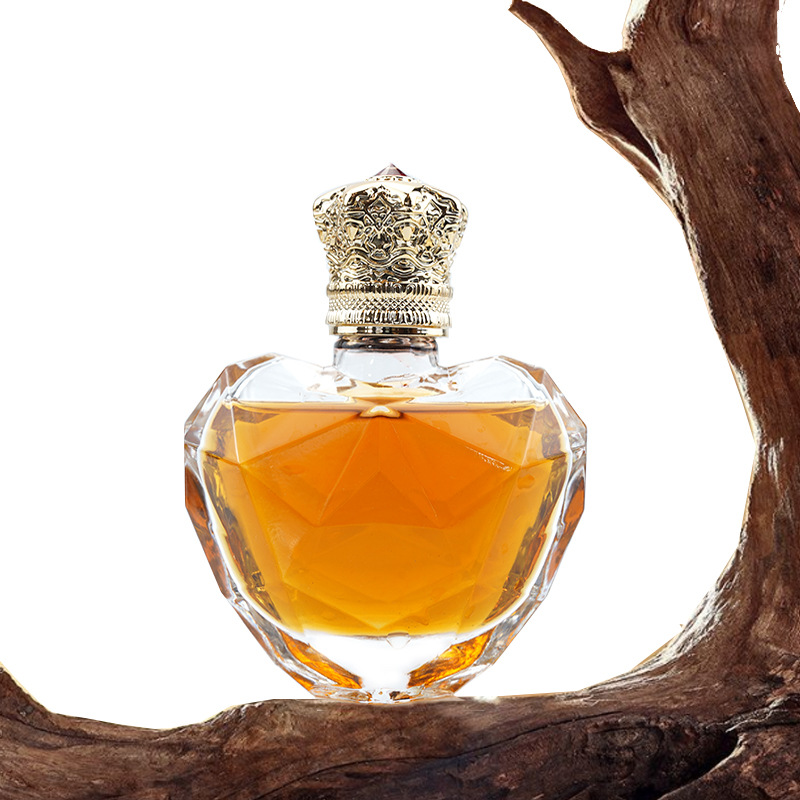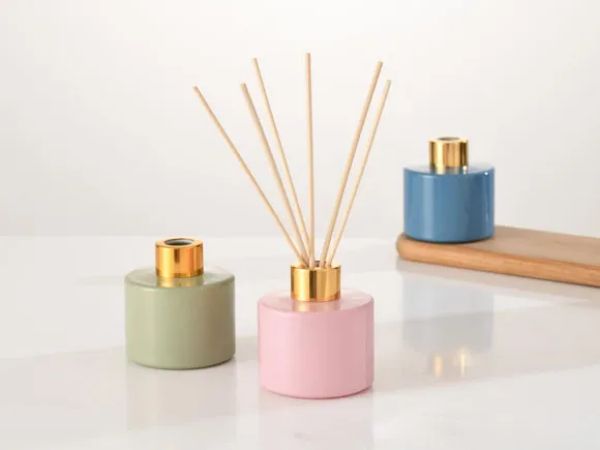They’re natural, potent, and powerful—but can your essential oils safely sit in plastic?
Yes, essential oils need to be stored in glass bottles—preferably amber or cobalt blue—because their high concentration can degrade plastic, contaminate the oil, and compromise safety.
It’s not just about aesthetics. Essential oils are chemically active. They can break down plastic and absorb toxins from inferior containers. Glass isn’t optional—it’s essential for purity, safety, and shelf life.
Is it okay to put essential oils in plastic bottles?
It’s convenient. It’s cheap. But is it safe?
No, essential oils should not be stored in plastic bottles for long periods, as they can degrade the plastic and leach harmful chemicals into the oil.
Most essential oils—especially citrus-based ones like lemon or orange—are solvents. They break down petrochemical-based materials like PET or HDPE over time.
What Happens in Plastic?
| Problem | Cause | Impact |
|---|---|---|
| Chemical leaching | Oil dissolves plastic compounds | Toxic exposure to phthalates, BPA |
| Structural damage | Oil weakens bottle integrity | Leaks, cracks, spills |
| Scent distortion | Oil absorbs plastic odor | Alters aromatic profile |
| Short shelf life | Increased exposure to oxygen & light | Faster oxidation |
That’s why at PauPack, we package all pure essential oils in glass bottles only—typically amber or cobalt blue to protect against UV degradation. Our custom designs include dropper caps, roller tops, and tamper-evident closures, combining function and flair.
Exceptions? Only One.
If you’re making a diluted blend (e.g., essential oils in a 90% carrier oil base), temporary storage in HDPE or PET plastic may be acceptable for short-term use. But glass is always the safer long-term choice.
Can I infuse oil in a plastic bottle?
Let’s say you're infusing herbs or citrus peels in oil. Can the container be plastic?
Infusing oil in plastic is not recommended—especially if you plan to add essential oils or heat the mixture—because the plastic can react and leach toxins.
Even carrier oils like olive or jojoba can break down cheap plastic, especially when exposed to sunlight or temperature changes.
Better Infusion Practices
-
Use wide-mouth glass jars for infusion (mason jars work well)
-
Store infused oils in amber glass dropper bottles afterward
-
Keep away from heat and light to prevent spoilage
PauPack offers food- and cosmetic-grade amber glass containers in various sizes, perfect for infused blends. Many of our clients build DIY oil kits with safe, stylish packaging for customer education and safety.
Is it okay to put oil in a plastic bottle?
You might be thinking, “I see shampoo and massage oils in plastic bottles all the time.” True—but that doesn’t mean it’s best for all oils.
It depends on the oil type. Carrier oils (like almond or coconut) can be stored in certain plastics, but essential oils should never be stored undiluted in plastic.
The key factor here is oil concentration.
Oil Storage Quick Guide
| Oil Type | Plastic Safe? | Best Container |
|---|---|---|
| Undiluted essential oil | ❌ No | Amber/Cobalt glass |
| Diluted blend (10% EO) | ⚠️ Short-term only | HDPE, PET, or glass |
| Carrier oil (100%) | ✅ Yes (HDPE/PET) | Glass or cosmetic plastic |
| Infused oil | ❌ No heat exposure | Glass preferred |
We help PauPack clients make this distinction on their product labels and inserts. Educating users keeps them safe—and keeps your brand out of legal hot water.
What is the 30 50 20 rule for essential oils?
Still seeing this rule? Here’s the evergreen answer.
The 30/50/20 rule refers to blending ratios in aromatherapy: 30% top notes, 50% middle notes, and 20% base notes—to create a balanced, long-lasting scent experience.
It’s not just for perfumers. It’s a practical guide for anyone crafting diffuser blends, massage oils, or room sprays.
Note Types & Why They Matter
| Note Type | Oils Examples | Purpose | Longevity |
|---|---|---|---|
| Top (30%) | Lemon, peppermint | Uplifting, first to be noticed | Fades fastest |
| Middle (50%) | Lavender, clary sage | Harmonizes, makes up the “body” | Moderate |
| Base (20%) | Vetiver, patchouli | Anchors scent, adds depth | Long-lasting |
For those creating signature blends or selling multi-oil kits, PauPack offers note-labeled packaging solutions—dividers, guide cards, color coding—so customers can blend safely and beautifully.
Conclusion
Yes, essential oils belong in glass bottles. It’s not just a design choice—it’s a health and safety standard. When you package purity right, you protect your product, your brand, and your customer.





